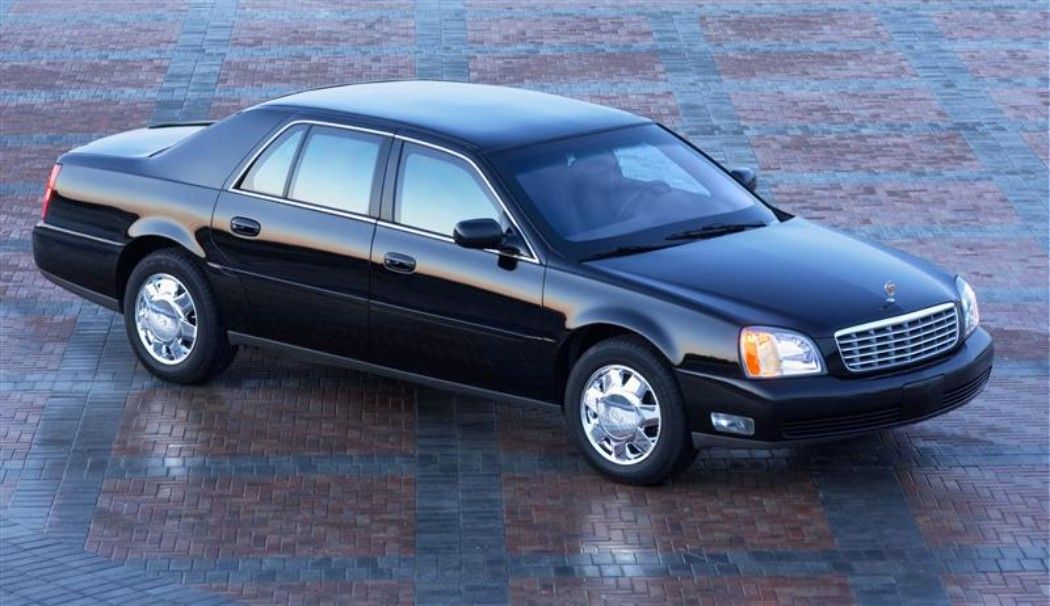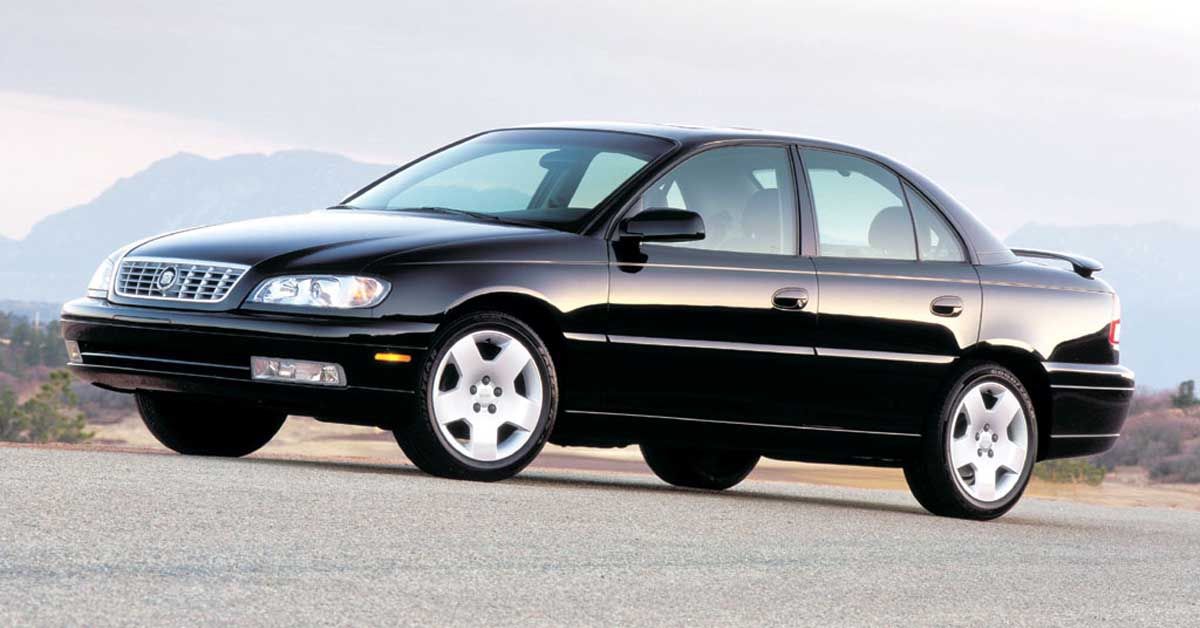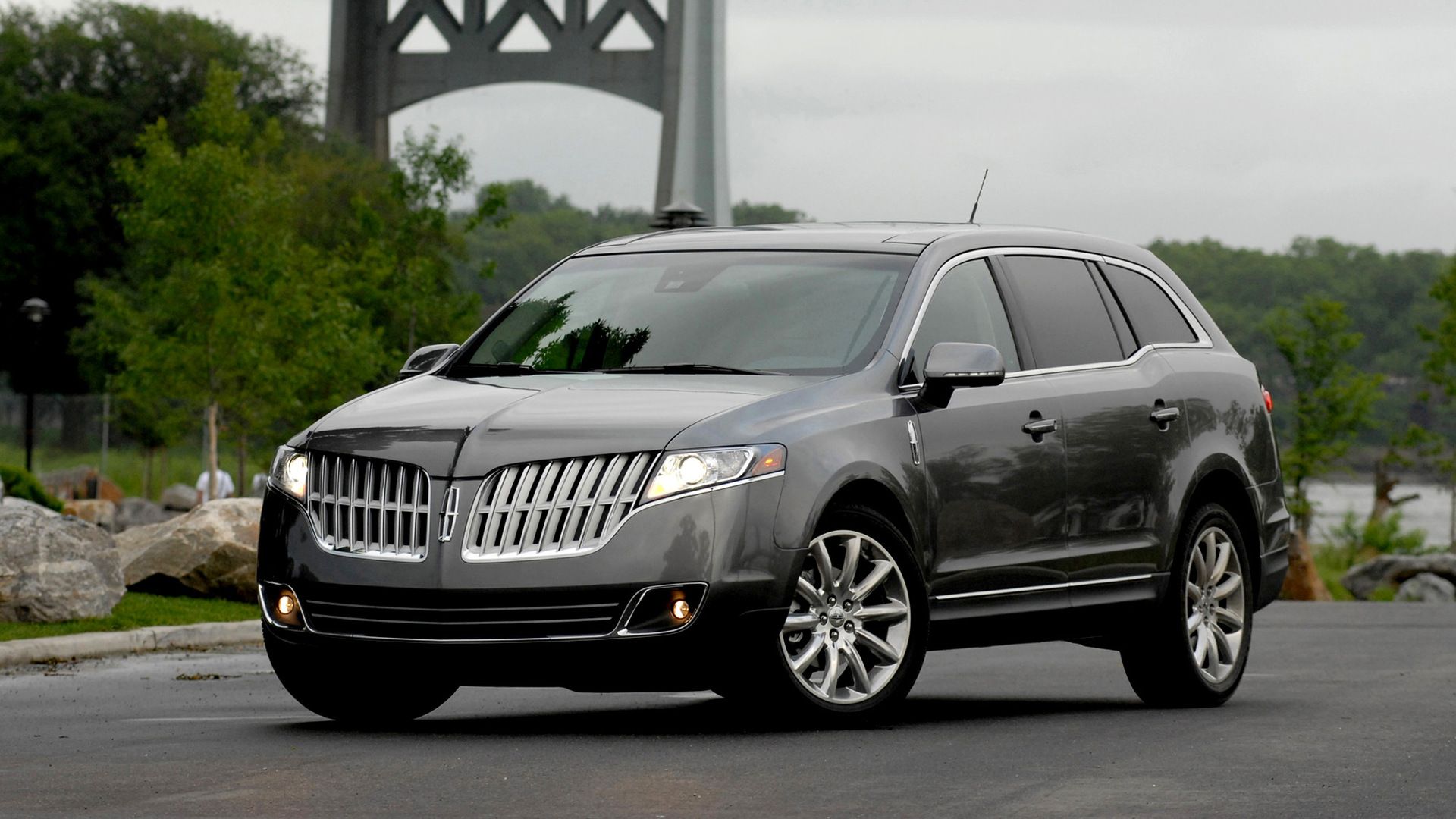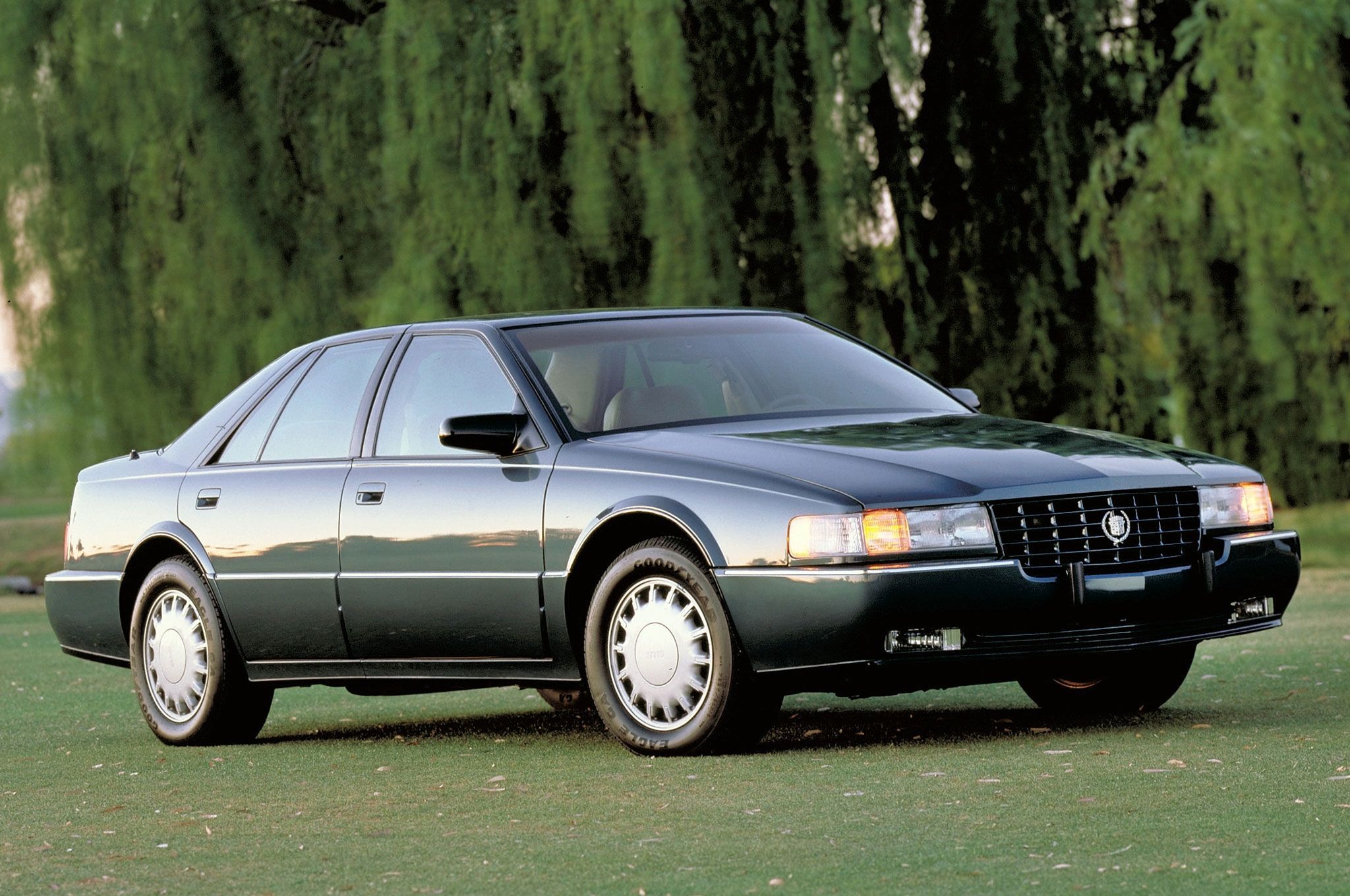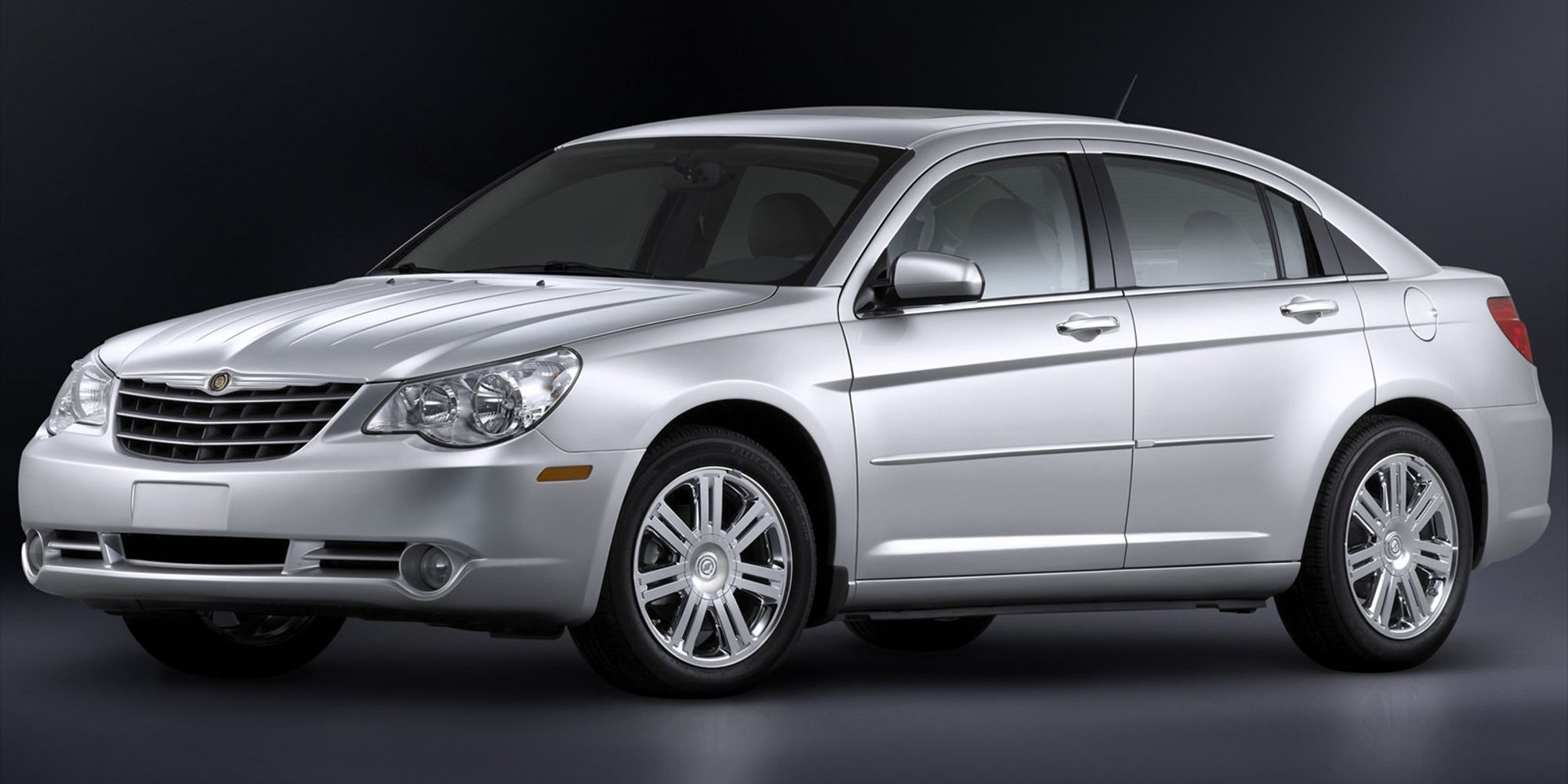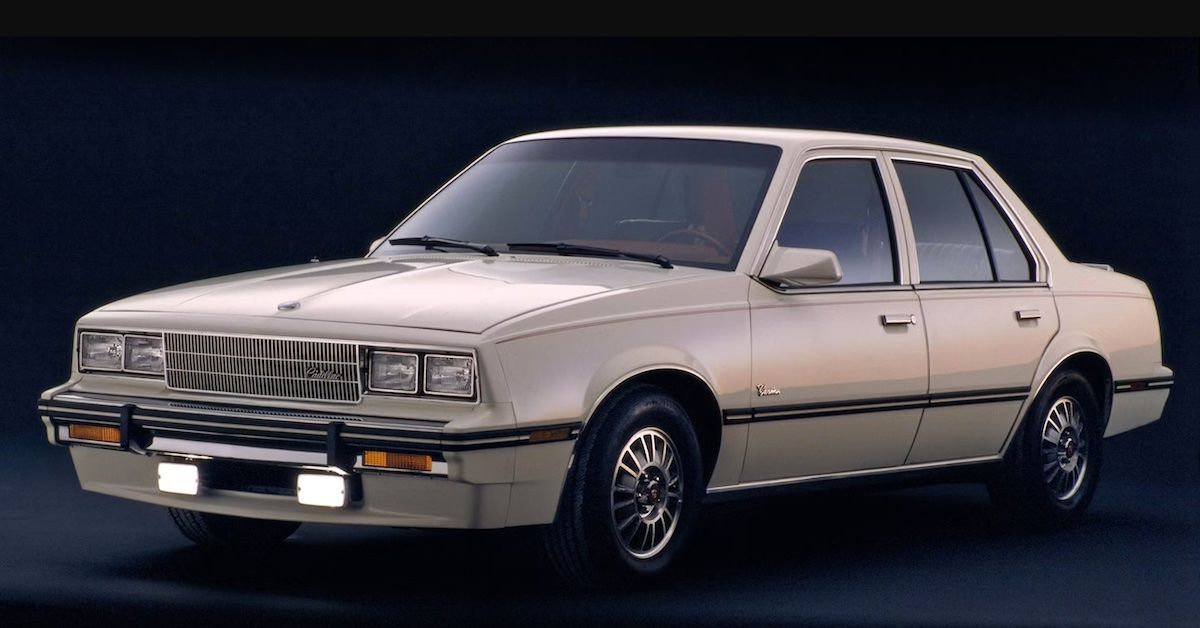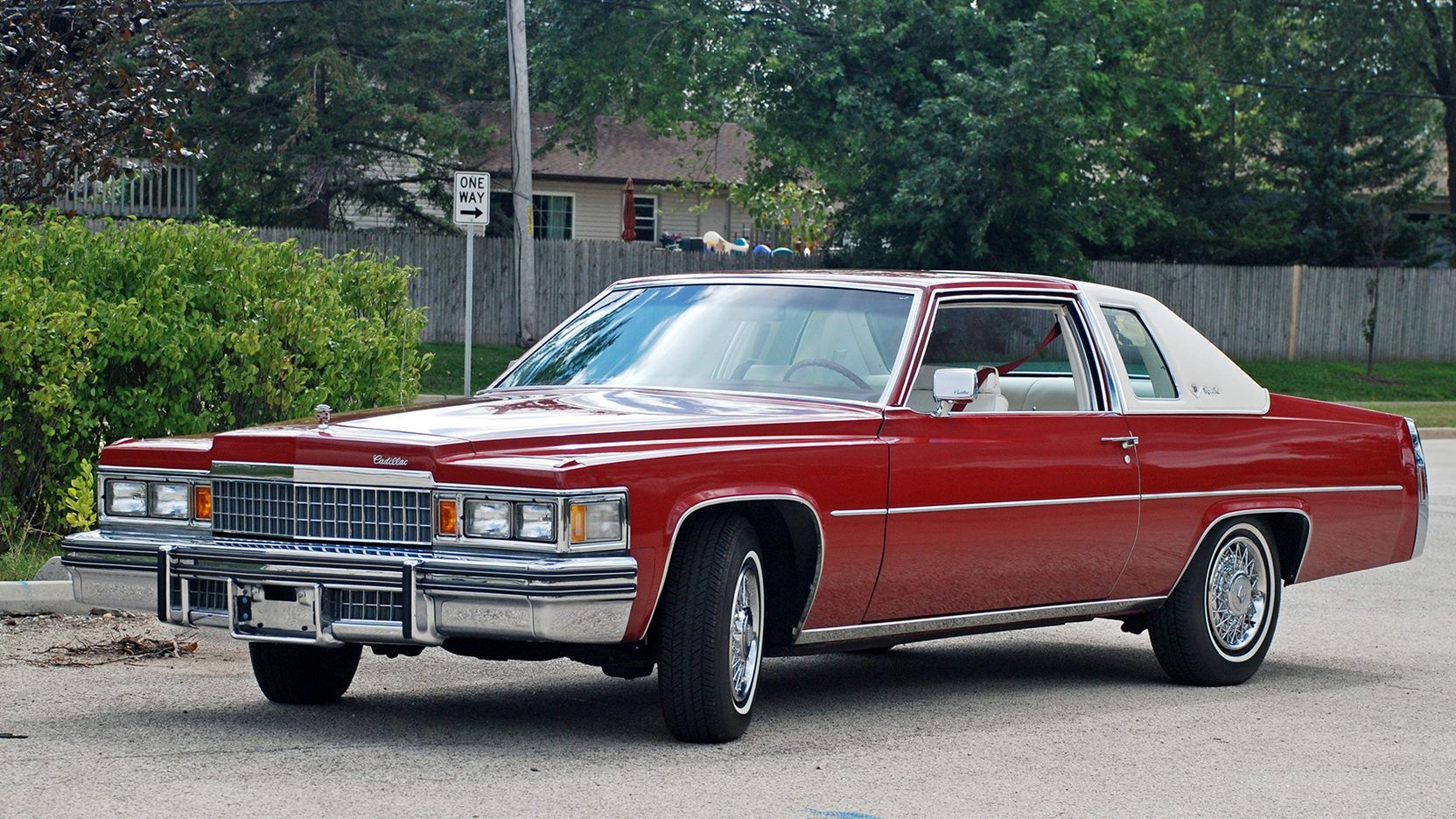Cadillacs, Lincolns, and Chryslers you don’t want to be seen driving in.
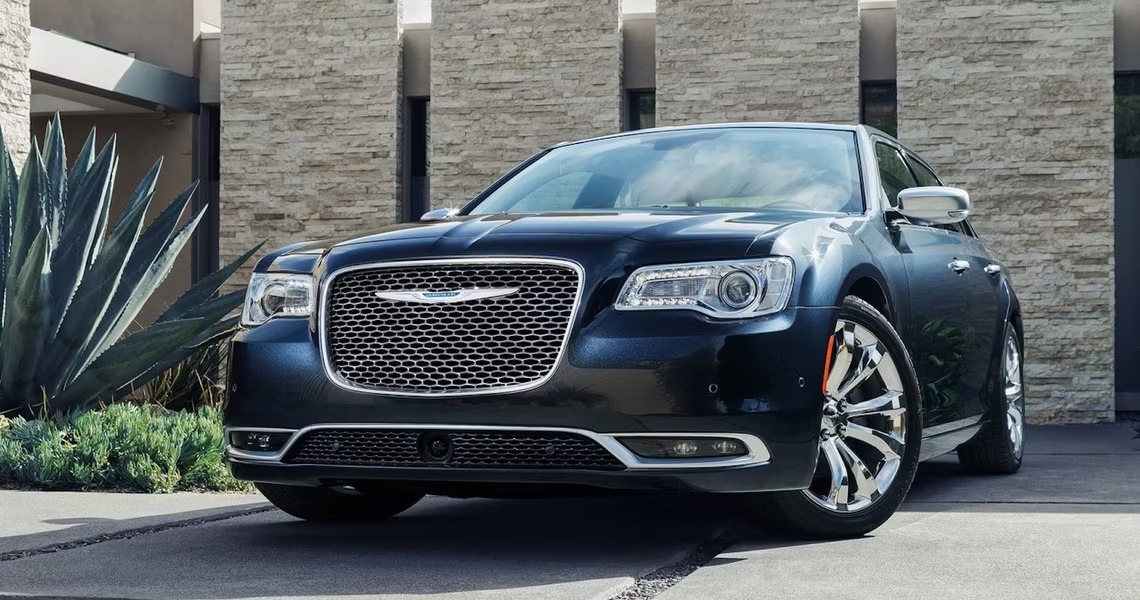
Luxury cars tend to be some of the most desirable vehicles out there. Who wouldn’t want to shell forward tens, even hundreds of thousands of dollars for a car that told everyone, just by looking at it, that what you had was exclusive?
Updated February 2023: American luxury cars are great vehicles as they usually have the same technologies and features as European or Japanese luxury vehicles, but cost quite a bit less. While this is rapidly changing – as some American luxury cars easily cost over $100,000 – the used car market featured many older cars which are still excellent choices. The cars on this list is the exact opposite of those cars, showcasing that some American luxury cars are simply not worth the effort.
Of course, the Germans have perfected the luxury car market. Audi, BMW, and Mercedes-Benz continue to forge their decades-long histories of making refined, lavish cars that consumers will continue to line up to buy. Asian automakers seem to be mastering this formula, too. Lexus has a hold on the international market, while Genesis is making strides despite only debuting a few years ago as a luxury car brand.
But when it comes to luxury, American cars tell a different tale. Once, Lincolns and Cadillacs were the American Bentleys and Rolls-Royces driven by dignitaries everywhere. Cadillac even had a slogan that said it all: The Standard of the World. However, they also had their fair share of flops that tarnished their upmarket image. Here are 10 examples you can learn about.
2014, 2016 Cadillac ELR
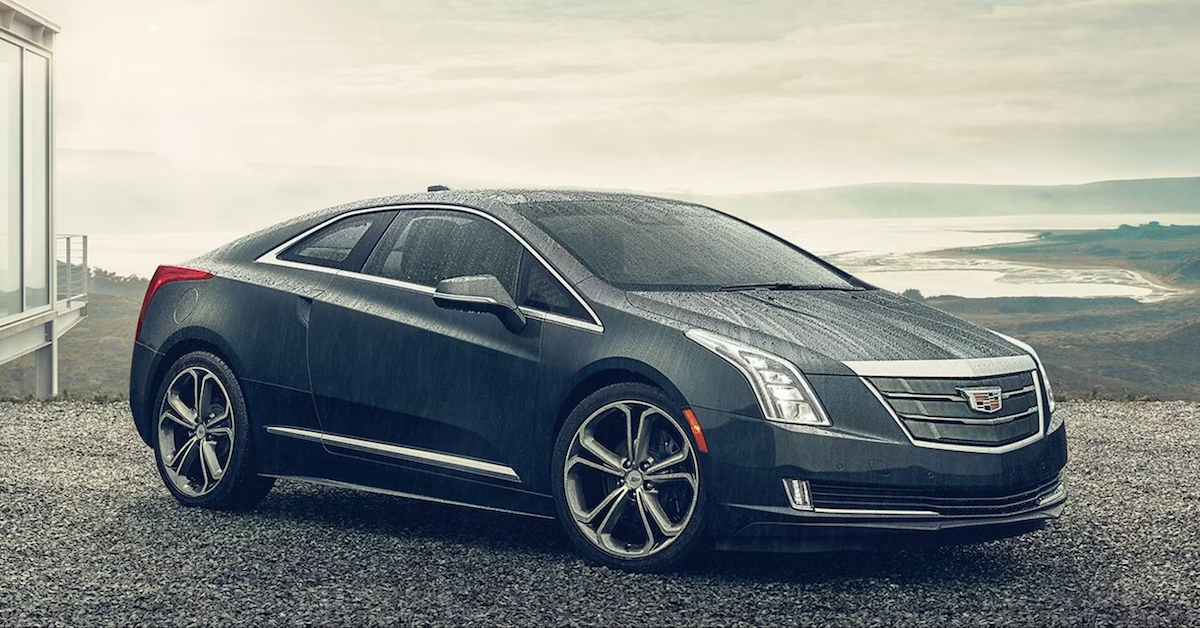
When Chevy released the Volt in 2011, it made a splash in the U.S. car market. People loved the idea of having an electric car that also ran on gas, alleviating range anxiety while still giving customers massive fuel savings. GM thought it would be good to bring the Volt to the luxury segment, especially considering how much the rich and famous warmed up to cars like the Toyota Prius. Enter the fantastic-looking Cadillac ELR.
Its concept car-like design was cool at first, but the gimmick quickly wore off. What primarily drove customers away from the ELR were two things: its steep starting price of $76,000 for a slow, cramped coupe, and the much faster, much more practical Tesla Model S that had already won the admiration of the ELR’s target market. The ELR truly was a great idea from Cadillac that we found reasons to like, but one that was completely ruined by the end product.
2000-2005 Cadillac DeVille
The final generation of the Cadillac DeVille was the first car to come with LED tail lights and a night vision camera, which one would think makes it a highly-desirable piece of automotive history. But there are a few things that undermind all of what made it so great – and makes it a Cadillac we wouldn’t touch with a 10-foot pole.
The 4.6-liter Northstar V8 gained quite a reputation for unreliability, so much so that mechanics today often refuse to work on them. Due to their tight cylinder heads, they are prone to running extremely hot. This leads to excessive oil burning as well as coolant burning, the latter of which causing the engine to frequently overheat. Still, the DeVille is a supremely comfortable car when the engine wasn’t busy destroying itself.
RELATED:A Closer Look At Tim Allen’s Custom 2000 Cadillac DeVille
2000-2002 Lincoln LS
The Lincoln LS was a swipe at the BMW 5 Series by Ford’s luxury arm. It came with an optional V8 and was even one of the few Lincolns ever made available with a manual transmission – following what Chevrolet did with the Lumina and Holden with their Commodore. It also served as the basis for other luxury cars like the Jaguar S-Type and XF. All this sounds wonderful, but the truth is gearheads won’t touch the Lincoln LS.
It had a low-rent interior, featuring cheap plastics. Take away the wood, and the hard black plastic center stack will have you thinking you’re in a much less expensive Japanese or Korean offering. While it did win some awards for blending driving fun with traditional Americana, it lived a short life, ending production in 2006.
1996-2001 Cadillac Catera
The Lincoln LS was not the only attempt at bringing European driving fun stateside. The Cadillac Catera was not Cadillac’s first, but second try at making a sports compact sedan to take on the BMW 3 Series. As usual, this flopped spectacularly, leaving us with a weird-proportioned car that wasn’t really good at anything.
Based on the German Opel Omega, the Catera didn’t have the same level of refinement as its other German rivals. Plus, it had multiple recalls that made financing the car a hard sell. It’s why the Catera is a car to avoid as a result of its mechanical issues. After five years, the Catera was no more, with the much better – third attempt – CTS replacing the car in the early 2000s.
2005-2023 Chrysler 300
No, that’s not a Bentley or a Rolls-Royce – it’s a $40,000 Chrysler based on the same chassis as an old Mercedes-Benz E-Class that you can find on Craigslist for $4,000 with broken air suspension. It looked great, but the perceived quality wasn’t quite as good as Chrysler hoped.
Initially, its interior was a festival of fake wood and cheap, rough plastics. Things improved in 2011 when it got an extensive refresh. However, it still has yet to live up to the refinement of its competition. Chrysler then failed to update the 300 at all after 2016, leaving an outdated sedan on sale. Unsurprisingly, the 300 will be out of production after the 2023 model year.
RELATED:Here’s Why We Wouldn’t Touch The Chrysler 300 With A 10-Foot Pole
2010-2012 Lincoln MKT
If any credit goes to the Lincoln MKT, it is that it’s the ugliest thing to come out of Ford’s product portfolio since the Mk2 Scorpio in Europe. Based on the equally-polarizing Ford Flex, the MKT was supposed to be a luxury family crossover to take on the Mercedes-Benz R-Class, Audi Q7, Acura MDX, and Volvo XC90.
It is truly a car which had a front and rear that only a parent company could love. Luckily the engines weren’t too bad, featuring the same 3.5-liter twin-turbo V6 as the Flex. Unfortunately for New Yorkers, the MKT succeeded the Town Car, destroying the sedan’s reputation in the process. Quite sad really.
1998-2004 Cadillac Seville/STS
Cadillac’s introduction to the global market was not a good one. The Seville was a storied nameplate, dating back to the 1970s, but its iterations from this century lacked options and features. The exterior screamed blandness and the interior – while functional – didn’t really inspire anyone. At least the ride was comfortable – but that’s about it.
It was the first car Cadillac ever sold globally, and when reviewers got their hands on one, they had lots to say. Jeremy Clarkson, for instance, called it “a cross between a Mercedes, and a Lexus, and a torture chamber.” Not exactly a glowing review, is it?
2007-2010 Chrysler Sebring/200
By the year 2000, it was hard to call Chrysler a luxury brand anymore, despite their continuing attempts to be one. And no attempt was worse than the Sebring, later called the 200. Throughout its run, the Sebring had terrible reliability, build-quality issues, and was a poor excuse for luxury all around – which is why gearheads wouldn’t touch this Chrysler with a 10-foot pole. The exterior styling was terrible, the engines weren’t powerful enough and one of them even became known as one of the least reliable engines ever made by a U.S. automaker.
The Sebring used the same platform as the ugly Stratus or the boring Avenger – two models which didn’t exactly scream excitement. The second-gen Sebring became the 200, which saw one more generation before ending production altogether.
RELATED:Here’s Why We Wouldn’t Touch The Chrysler Sebring With A 10-Foot Pole
1982-1988 Cadillac Cimarron
Having mentioned the Catera as Cadillac’s second attempt at recreating European luxury, here is their first. From 1982, it was the Cadillac Cimarron. Its unimpressive looks are no surprise, as they come from the low-rent Chevrolet Cavalier. Cadillac simply took the liberty of slapping some crests on the front and rear of the car, upgrading a few materials on the inside, and calling it luxury.
The Cimarron was one of the laziest rebadgings of a model in U.S. history. Of course, this didn’t fly with consumers, ending production after six long and terrible years. Can hardly believe the model stayed in production for that long.
1979-1985 Cadillac Diesels
Mercedes-Benz diesels from the ’70s and ’80s feature near-bulletproof reliability, the exact opposite of the Oldsmobile Diesels. Cadillac offered the Oldsmobile diesel in several of their models from the late 1970s to the early 1980s, not lasting long on the market. To combat the energy crisis of the 1970s and 1980s, GM took the regular Oldsmobile V6 and V8 and converted them to diesels to get some better fuel economy.
As one can guess, they didn’t last long at all with the engines burning oil which led to engine failures. It got so bad that the dealers would offer to swap the diesel engines for a gas engine, just so that they could sell the cars. Lawsuits led Cadillac to have to pay 80 percent of the cost to replace the engine. It was a disaster for Cadillac, who wouldn’t produce another diesel in the States until the current-gen Escalade.



